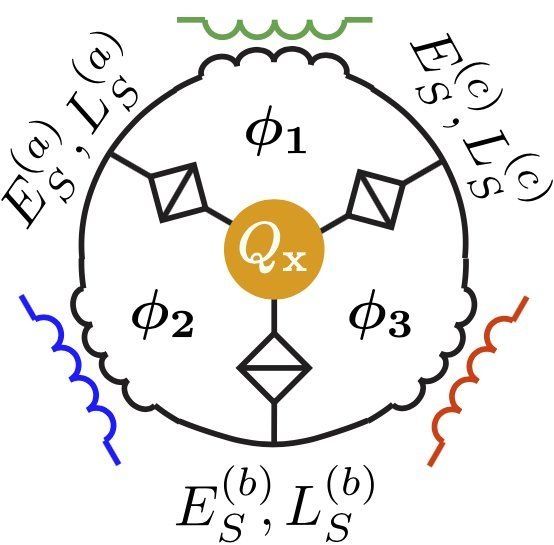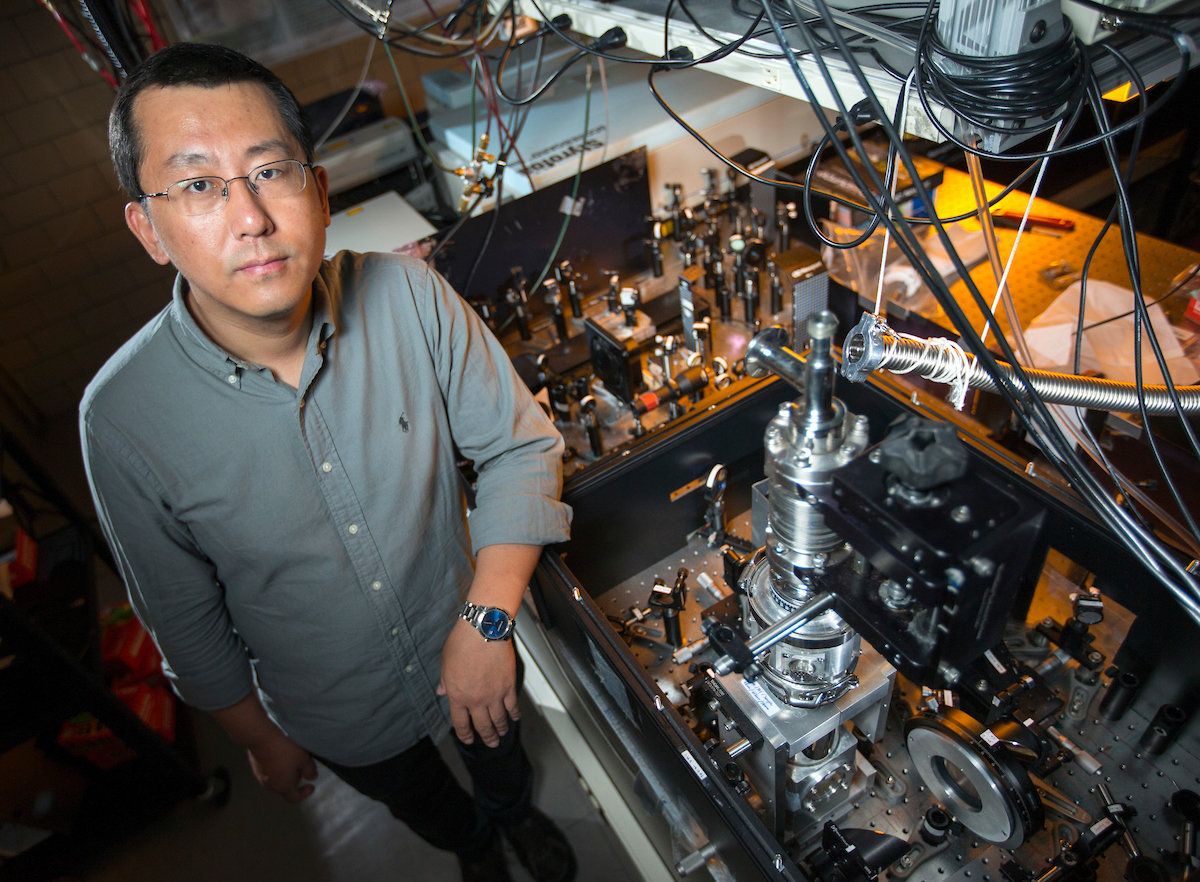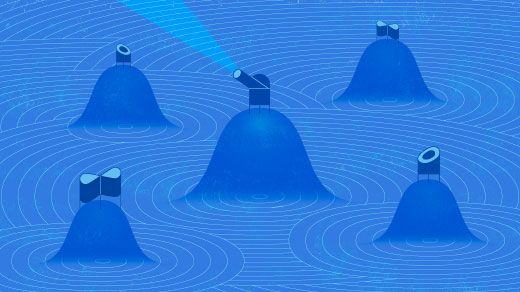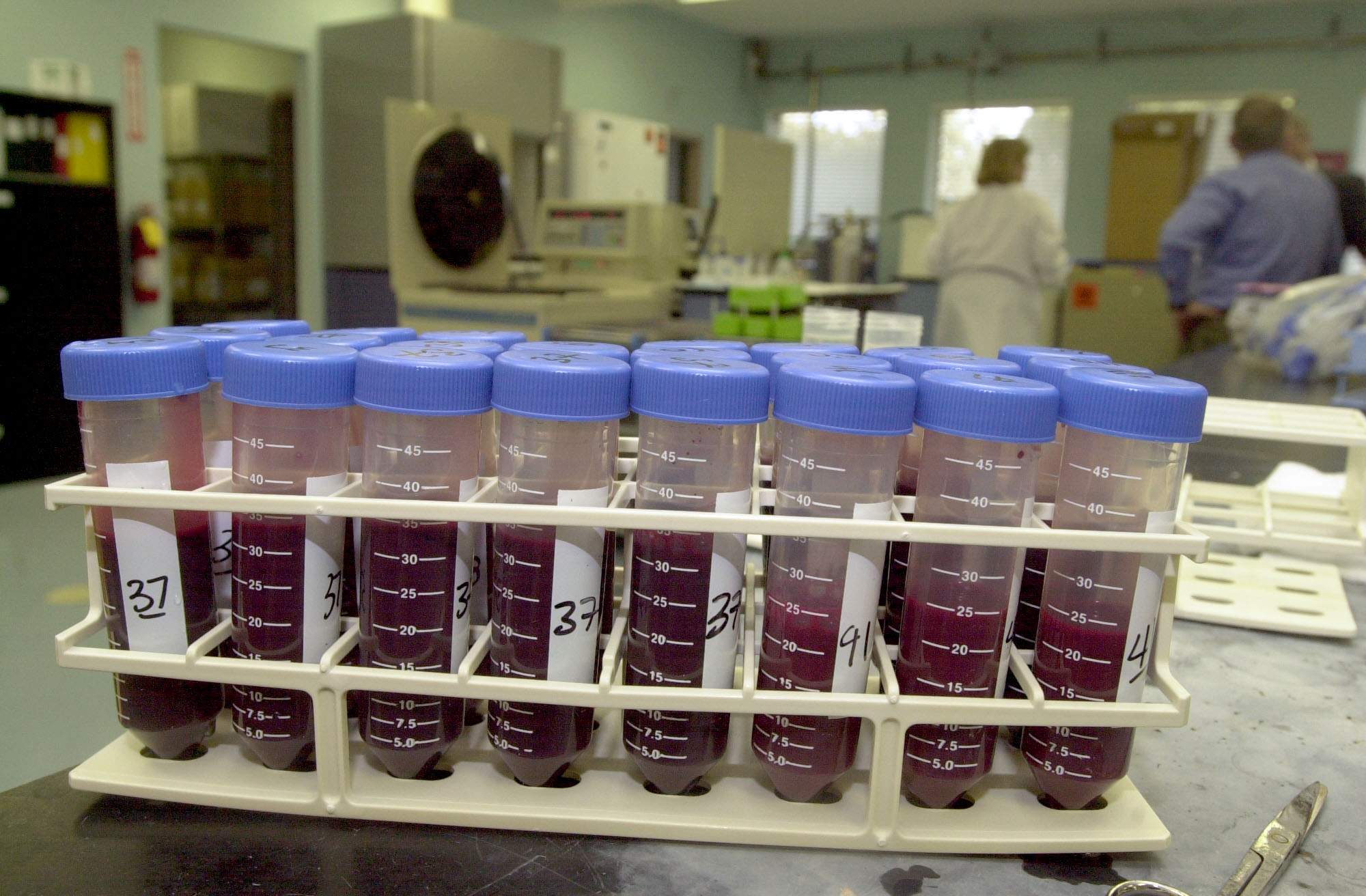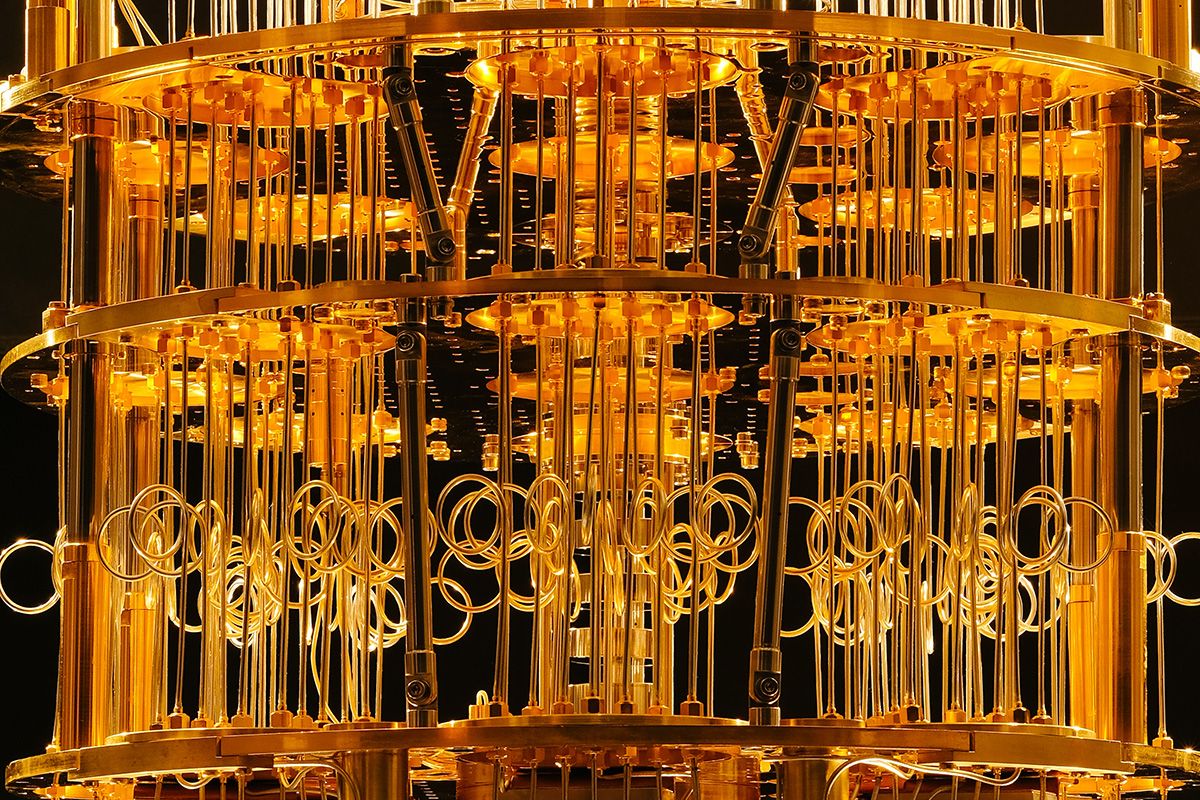
I t’s an odd thing for someone to say about neurons: “Let’s see if anyone is awake.” And it’s an even odder thing to hear in a cavernous, half-furnished office suite where one whole room is occupied only by copy machines and a lonely foosball table.
Not far from that foosball table, Oshiorenoya Agabi and Benjamin Sadrian are sitting in a lab at their startup, Koniku, in Berkeley, California. Agabi founded the company, and Sadrian is a senior neuroscientist. They are toggling between a microscope and a screen full of blue graphs, looking for signs of activity in a cluster of neurons. Sadrian pauses as he scrolls through slightly fuzzy readouts on the screen, reminiscent of stock charts with buzz cuts. “I wish you’d come later, even tomorrow,” he sighs.
These readouts measure signals inside cells, and Agabi and Sadrian are looking for spikes that would show Koniku’s neurons reacting to a chemical Sadrian exposed them to moments ago. When we examined them under the microscope, they glowed a faint neon green, which indicates they’re starting to mature. A few tentative dendrites reached out into the void, the neurons just beginning to form connections with one another. But the telltale spikes don’t materialize on the screen. At just six days old, these neurons are still too young to do the jobs they’ve been engineered to do.
Continue reading “The Birth of Wetware” »

